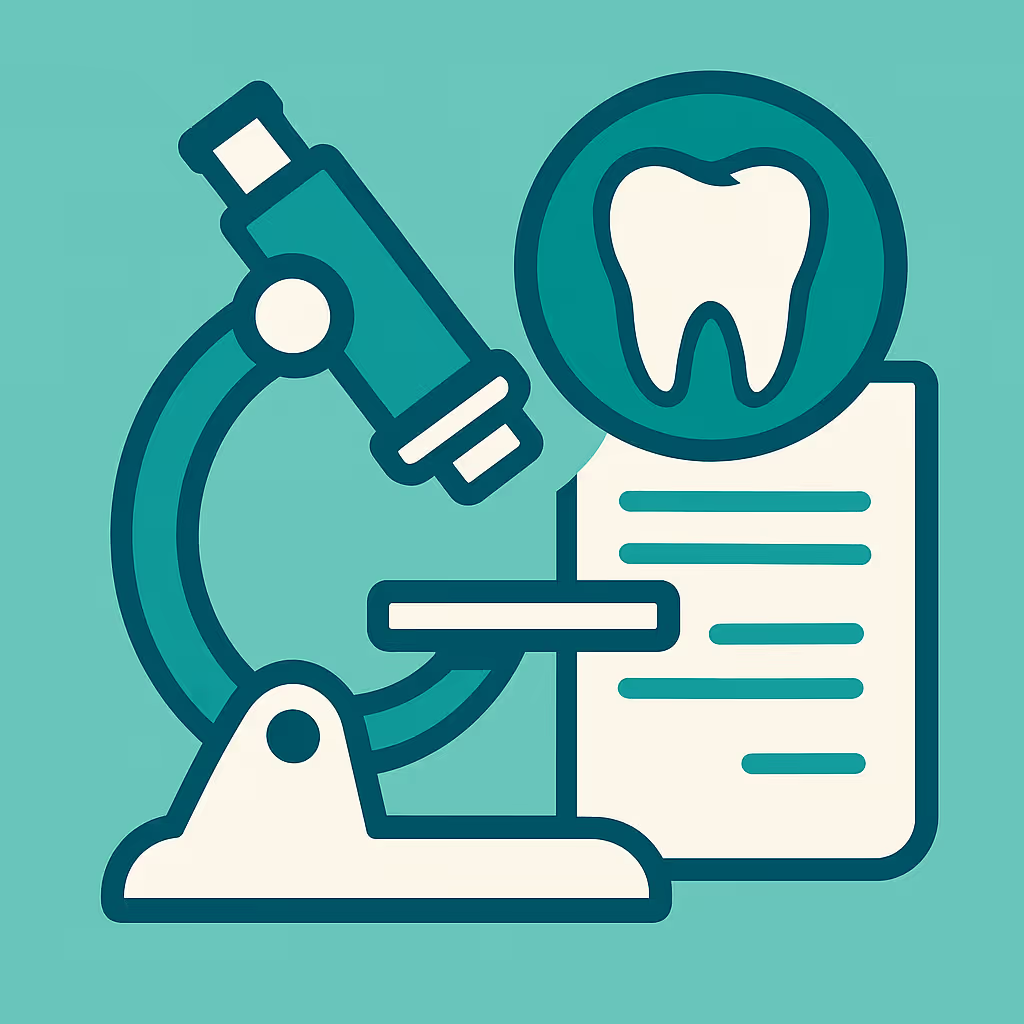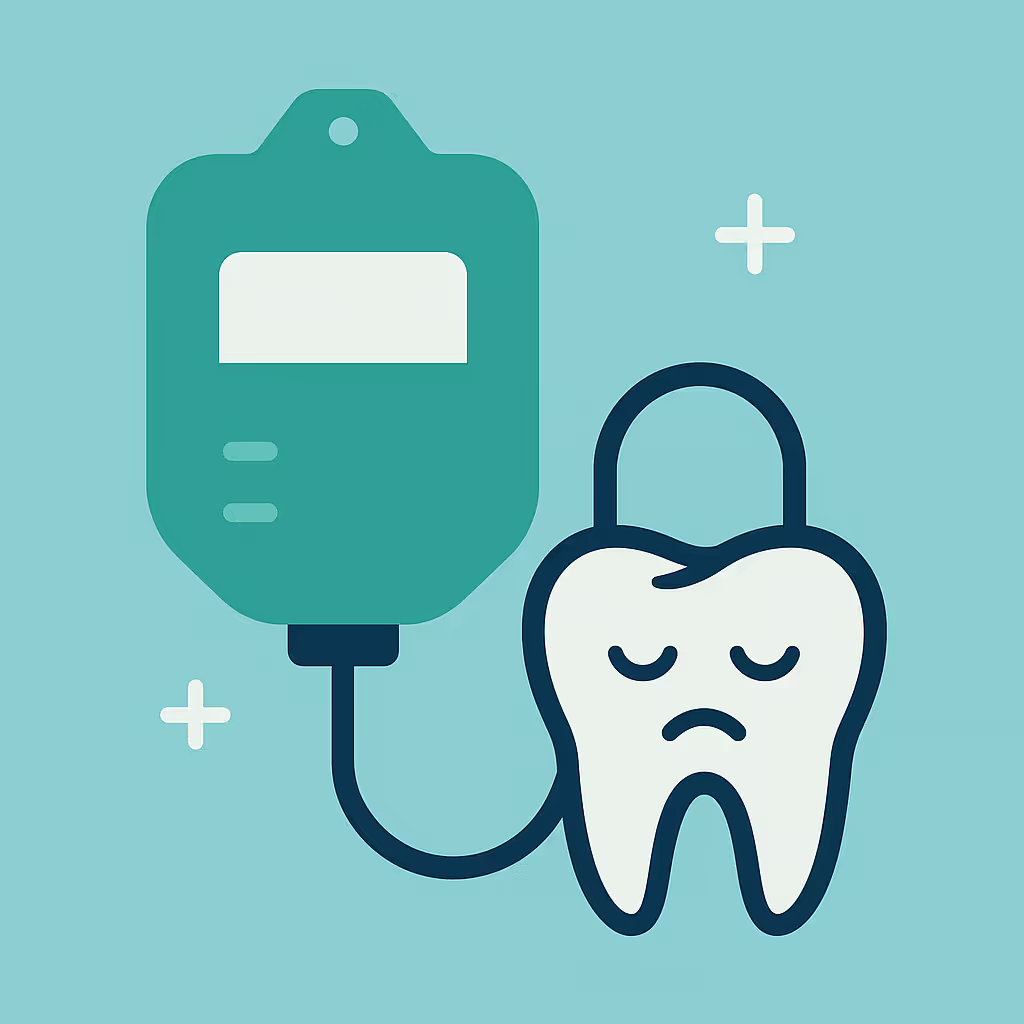Understanding Dental Code D2921
When to Use D2921 dental code
The D2921 dental code is designated for the reattachment of a tooth fragment, incisal edge, or cusp. This CDT code is applicable when a patient presents with a fractured tooth where the original fragment is available for reattachment. Unlike restorative procedures that require crowns or composite build-ups, D2921 specifically covers cases where the natural tooth structure is bonded back into place. Dental teams should use this code only when the fragment is viable and the clinical situation supports a successful reattachment, such as minimal contamination and a clean fracture line.
Documentation and Clinical Scenarios
Accurate documentation is key to successful claims for D2921. Dental offices should ensure the following are included in the patient record:
- Detailed clinical notes describing the incident, condition of the fragment, and the tooth involved.
- Pre- and post-operative photographs to demonstrate the fracture and the completed reattachment.
- Radiographs if necessary, to rule out root or pulpal involvement.
- Procedure steps and materials used for the reattachment, including the bonding protocol.
Common clinical scenarios include sports injuries, accidents, or trauma where a tooth fragment is preserved and can be reattached. If the fragment is lost or not suitable for reattachment, consider alternative codes such as anterior composite restoration or posterior composite restoration as appropriate.
Insurance Billing Tips
To maximize reimbursement and minimize denials for D2921, follow these best practices:
- Verify eligibility and coverage for trauma-related procedures before treatment. Some plans may have specific exclusions or limitations.
- Submit comprehensive documentation with the claim, including clinical notes, images, and radiographs. This supports medical necessity and helps justify the use of D2921.
- Use accurate narratives in your claim submission, detailing the cause of the fracture, the condition of the fragment, and why reattachment was clinically indicated.
- If the claim is denied, review the EOB (Explanation of Benefits) and prepare a claim appeal with additional supporting documentation, such as a letter of medical necessity from the treating dentist.
- Track AR (Accounts Receivable) and follow up promptly with payers to resolve outstanding claims.
Example Case for D2921
Case Study: A 16-year-old patient presents after a bicycle accident with a fractured maxillary central incisor. The patient brings the intact incisal edge fragment, which has been stored in milk. Clinical and radiographic evaluation confirms no pulpal involvement. The dentist cleans the fragment and tooth, performs an adhesive protocol, and successfully reattaches the fragment. The procedure is documented with photographs and a detailed narrative. The claim is submitted with code D2921, including all supporting documentation. The insurance payer approves the claim, and the practice receives timely reimbursement.
This example highlights the importance of proper case selection, thorough documentation, and clear communication with insurance carriers when using D2921.





